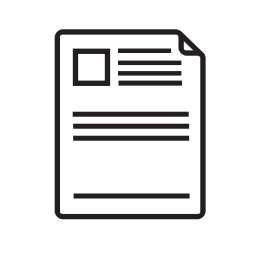Buying a home is one of the most important decisions you will make in your lifetime. As such, you’re going to want to have as much information as possible before you decide to go through the process of getting a mortgage. We’re here to help you along the path to making an informed decision about your loan.
Below you will find the tips that will take you through the entire loan process, from beginning to end. We’ll tell you what materials you need, where to get them, and who to give them to. With our help, you will be well on your way to buying your first home!


